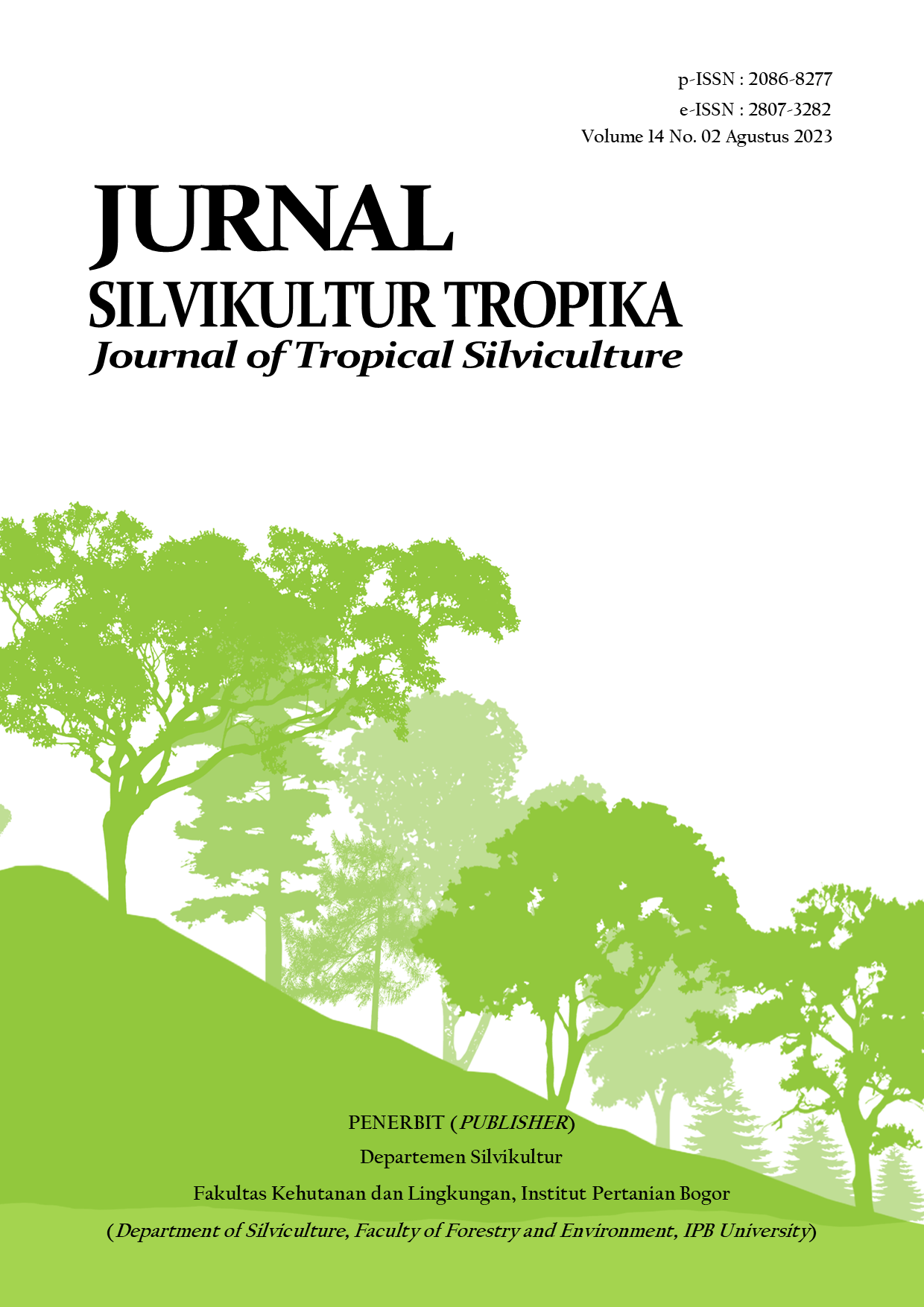Pola Kebakaran Hutan di Areal Konservasi Studi Kasus di Taman Nasional Bromo Tengger Semeru
Abstract
Forest fires are disasters that can occur due to environmental conditions that support one of them, such as El Nino events or extreme climatic conditions. One of the factors that influences the occurrence of extreme climates is rainfall. Forest fires in Indonesia are mostly caused by human activities, which are supported by extreme climatic conditions. Forest areas that have the potential to cause forest fires include conservation areas that are closely related to human activities. Conservation areas that are closely related to humans include the Bromo Tengger Semeru National Park (TNBTS). TNBTS has the function of a conservation area as well as a tourist area. The existence of humans who become tourists or visitors in conservation area locations creates opportunities for forest fires in conservation areas that are supported by extreme climatic conditions. TNBTS has a rainfall pattern, with the lowest rainfall occurring in May-Jun-Jul-Aug-Sept, while the highest is in Nov-Dec-Jan-Feb-Mar. When there is low rainfall, it can cause the TNBTS area to be prone to fire, so it is necessary to take preventive measures in the month before the dry season occurs. Prevention as an effort to control forest fires can be done by keeping the area tighter at the start of the dry season, namely in May. Based on hotspot data of fire incidents from 2001–2020, the most frequent occurrences were in other nationalities in 2001, 2014, and 2019. Based on the results of identification using data, not all hotspots can be declared fire incidents, but heat generated from the existing crater of Mount Semeru at the TNBTS location.
Keywords: Bromo Tengger Semeru, Forest Fire, Conservation Area, Hotspot, National Park
Downloads
Copyright (c) 2023 Erekso Hadiwijoyo

This work is licensed under a Creative Commons Attribution 4.0 International License.










